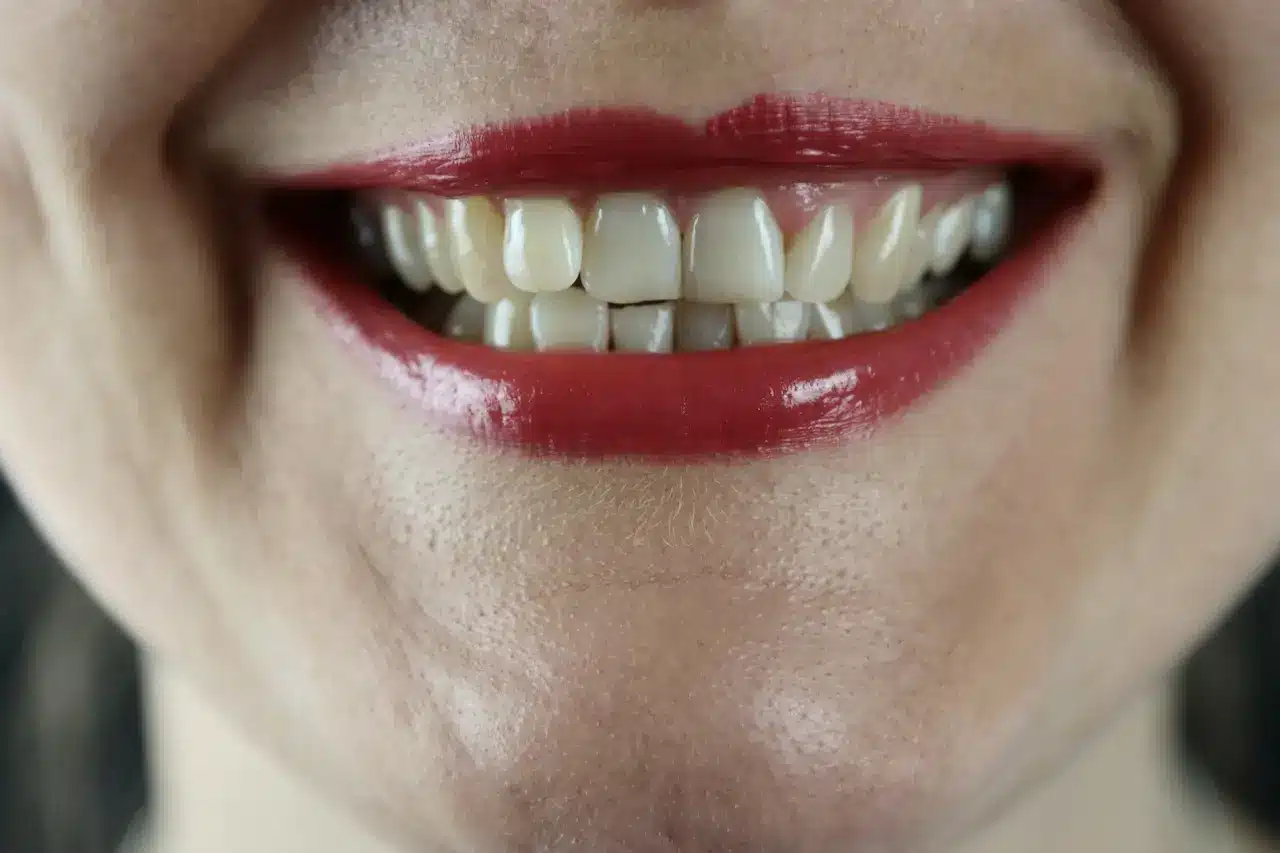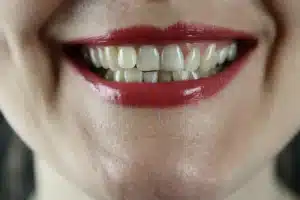The Most Common Causes Of Tooth Discolouration
It is easy to get tooth discoloration with the diet and lifestyle of today. Yellow or discoloured teeth are not liked by anyone. The darkening of otherwise white teeth can be caused by consuming too many stain-causing beverages and foods. Smoking and drinking too much red wine, tea or coffee can also have the same effect. Our choice of foods and drinks can have a significant impact on the colour of our pearlies. However, there are other factors that also contribute to this. Once your teeth are stained and yellow, there are many options to restore them back to being nice and what. Veneers are a great option but the in chair teeth whitening also restores your smile. Let’s look at the most common causes of tooth discolouration.
Tobacco/Chromogenic Foods/ Drinks
The consumption of tobacco and foods and beverages containing chromogenic dyes are major contributors. Red wine, coffee and cola drinks are examples. Smoking tobacco products can have a cumulative impact, so the degree of yellowing depends on the amount of smoke you consume.
Poor oral hygiene
It is often recommended that we brush our teeth in order to remove food particles and plaque stuck between teeth and gums. It is important to stress that brushing and flossing regularly will help reduce the chances of staining. Brushing immediately after drinking stain causing beverages can reduce the chance that the stain causing substances will adhere to the tooth enamel for long enough to cause cumulative staining. Regular professional cleaning by a dentist or hygienist will not only remove yellow plaque but also staining.
Medications
While certain antibiotics such as Tetracycline and Amoxicillin are safe to use in pregnant women, they can stain the teeth of an unborn child. Children who use these medications frequently can also develop deep stains. Ironically, mouthwashes containing chlorohexidine, cetylpyridinium and antihistamines have also been named as the culprits of teeth discolouration.
While certain antibiotics such as Tetracycline and Amoxicillin are safe to use by pregnant women, they can stain the teeth of an unborn child. They also cause stains in young children.
Medical Treatments
Radiation treatments, such as head and neck radiotherapy and chemotherapy, can also cause a tan. These treatments can cause the enamel to weaken to the point that dark foods or drinks are more likely to stain the teeth.
Age
When you are a healthy child you get away with more but as you age, the enamel on the teeth will become thinner, and more translucent as we age. This will reveal the yellowish color of the dentine underneath. Years of eating and drinking can also wear away the enamel on our teeth. Yellowed teeth can make a person appear older than they really are.
Years of grinding our teeth and chewing can strip away the outer layer, can reveal the yellowish dentine underneath.




